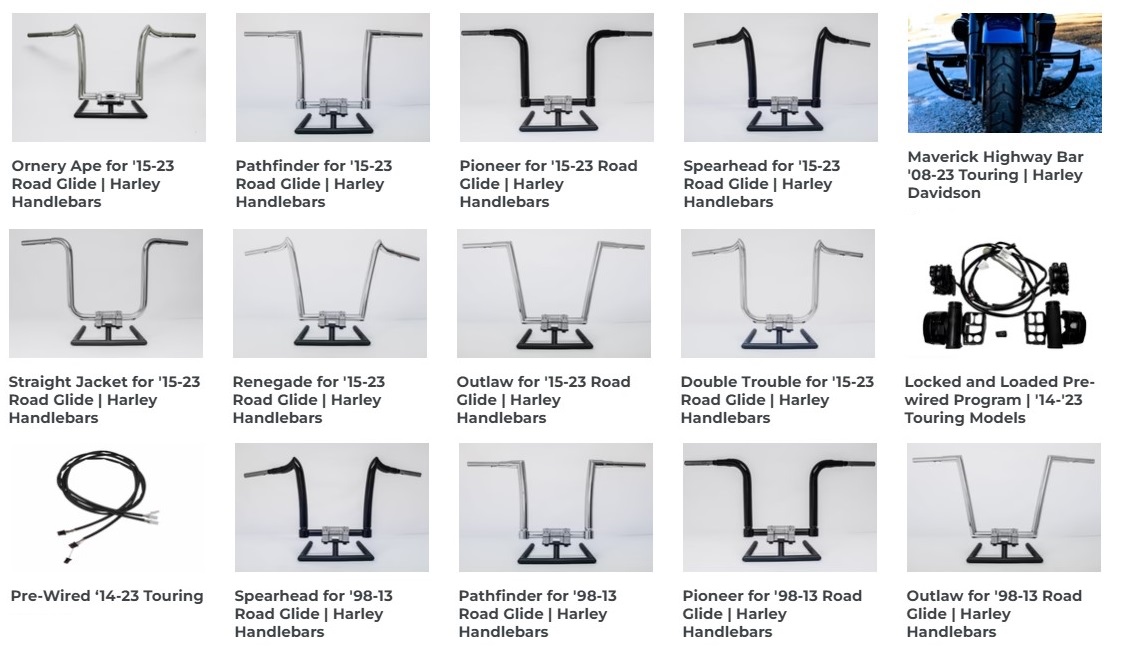5 Easy Facts About Motorcycle Boots Described
Wiki Article
How Motorcycle Boots can Save You Time, Stress, and Money.
Table of ContentsGetting My Motorcycle Boots To WorkThe Ultimate Guide To Motorcycle BootsThe Basic Principles Of Motorcycle Boots Some Ideas on Motorcycle Boots You Need To KnowMotorcycle Boots Things To Know Before You Get ThisThe Best Strategy To Use For Motorcycle Boots
The key parts of modern-day motorbikes are presented below.; this has actually been made use of all with motorcycle background but is currently coming to be a lot more usual.It was widely unpopular and generally related to as a bad idea at the time. It has actually considering that gotten some prestige in the modern-day custom bike globe as well because of the space cost savings it can pay for and the referral to an earlier era.
Though any type of tank for fuel may be so called, the term is generally put on component of an engine system in which the gas is kept and moved (gas pump) or launched (pressurized gas) right into an engine. A bike fork is the part of a motorbike that holds the front wheel and enables one to guide.
The Only Guide for Motorcycle Boots
The 'fork' on a bike consists of several components. The three-way trees (additionally recognized as yokes) hold the fork tubes (which include the fork springtimes), and are attached to the neck of the framework by the guiding stem.
Bikes have primarily, however not specifically, been produced with one to four cyndrical tubes, and designers have actually tried practically every conceivable layout. One of the most typical engine setups today are the solitary and twin, the V-twin, the opposed double (or fighter), and the in-line three-way and in-line four. A variety of others designs have reached mass production, consisting of the V-4, the level 6-cylinder, the flat 4-cylinder, the in-line 6-cylinder, and the Wankel engine.
The 5-Second Trick For Motorcycle Boots
Chain-drive usages sprockets and a roller chain, which requires both lubrication and modification for prolongation (stretch) that occurs via wear. The lubricating substance goes through being tossed off the fast-moving chain and causes crud and dust build-up. Chains do wear away, and too much wear on the front and rear sprockets can be unsafe.Conventional roller chain-drives suffer the possibility for resonance, as the efficient radius of activity in a chain and gear mix continuously transforms during the change ("chordal activity"). If a drive gear revolves at continuous RPM, after that the chain (and the driven gear) has to speed up and decrease continuously. A lot of chain-driven bikes are fitted with a rubber bushed rear wheel center to eliminate this vibration problem.
These chain oilers differ in refinement, but all include significantly to the life of the chain. The custom of lubing by submersing the chain in a tin of warm grease stopped in the very early 1970s, as soon as most chains had rubber "O'-rings. The initial Suzuki RE5 of 1975 came with a back chain oiler, but the 1976 model had a closed chain, and its oiler was removed as "unnecessary".
The Buzz on Motorcycle Boots
A toothed belt is often used. Nonetheless, they are not as durable when based on high horse power as a chain. You can not alter the size and adjustment last drive proportions as easily as chains. They additionally can not wrap as carefully around chains. And require bigger wheels contrasted to chain sprockets to get an efficient final drive ratio.A shaft-drive is generally completely confined; the aesthetic sign is a tube extending from the rear of the transmission to a bell real estate on the back wheel. Inside the bell real estate a bevel gear on the shaft friends with another on the wheel mount. This plan transcends in regards to noise and sanitation and is practically maintenance-free, with the exemption of occasional read review liquid changes.
Nonetheless, the additional gear collections give power loss and added weight. A shaft-equipped motorbike may likewise be at risk to shaft effect. Virtually all high-performance racing motorbikes use chain-drive because they are the most mechanically effective transmitting power to the rear wheel. A cable wheel and pneumatically-driven motorbike tire on a Ural The wheel edges are typically steel or light weight aluminum (normally with steel spokes and a light weight aluminum hub) or mag-kind cast or machined aluminum.

The Greatest Guide To Motorcycle Boots
There are tires developed for dust bikes, touring, sporting activity and cruiser bikes. Dust bike tires have knobbly, deep footsteps for maximum grip on loosened dust, mud, or gravel; such tires tend to be much less steady and noisier on smooth surfaces.Exploring tires are usually made from a more difficult rubber substance for higher longevity, these might last longer but tend to offer much less straight-out grasp compared to sports tires at optimum operating temperatures. Exploring tires normally offer extra grip at reduced temperature levels and can be much more suited to riding in cool or winter months problems where a sport tire might never reach its ideal operating temperature level.
These tend to have stronger sidewalls as they are commonly fitted to larger makers. Motorsport article source or racing tires use the greatest of levels of grasp. Because of the high temperature levels at which these tires typically operate, utilize outside an auto racing environment is risky, generally these tires do not reach their maximum temperature level which gives much less than optimal hold.
The Greatest Guide To Motorcycle Boots

This can result in brake dive. Brakes can either be drum or disc based, with disc brakes being much more typical on big, modern-day or more pricey motorbikes for their far remarkable quiting power, especially in damp conditions. There are numerous brake-performance-enhancing aftermarket parts available for most motorbikes, including brake pads of varying compounds and steel-braided brake lines.
Report this wiki page